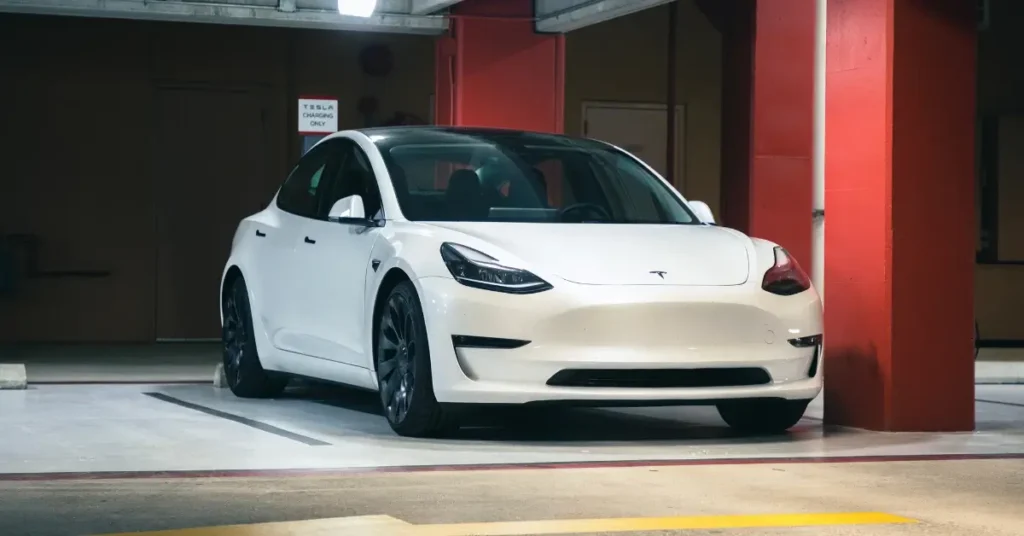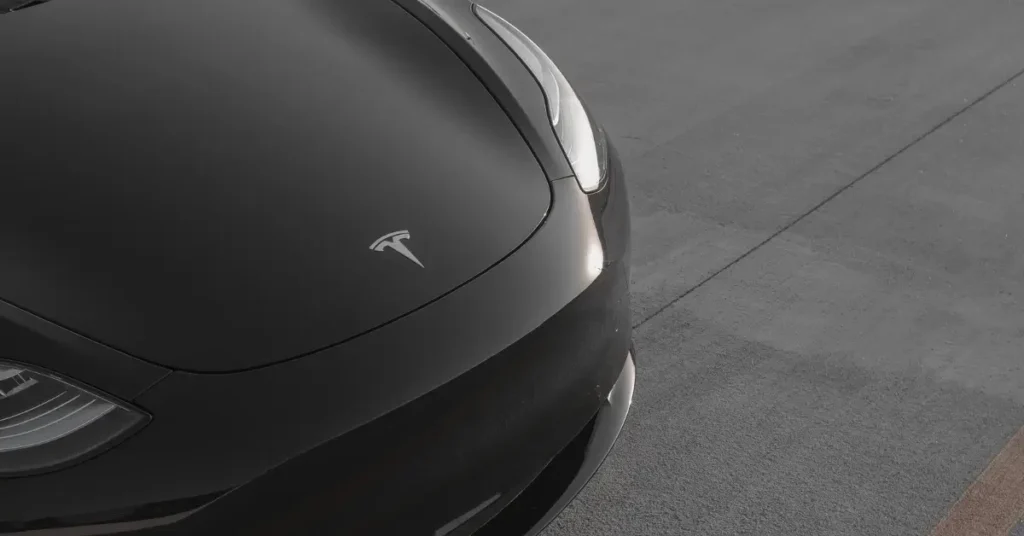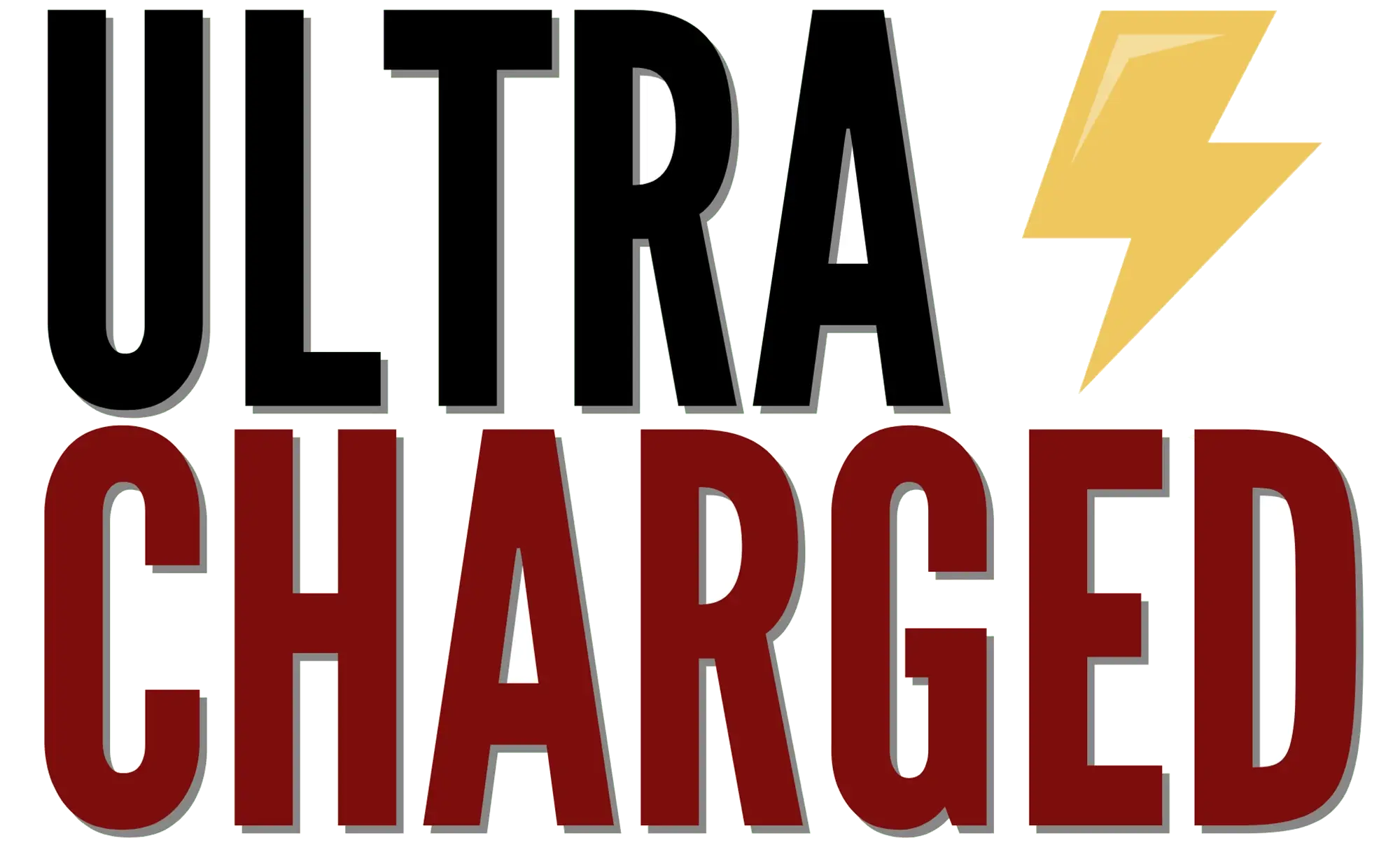Tesla vehicles are known for their impressive performance and innovative features. One aspect of these vehicles that is often overlooked is the brake fluid. Brake fluid is an essential component of any vehicle’s braking system, and Tesla is no exception. In fact, the brake fluid in Tesla vehicles is a crucial component that helps ensure the vehicle’s safety and performance. So to make sure that the brakes are working properly, you should check this regularly.
Table of Contents
But don’t worry: in this article, we’ll give you an overview of what to look out for!
Tesla Brake Fluid
Teslas brake system is designed to provide exceptional stopping power while also ensuring the safety of the driver and passengers. The brake fluid used in Tesla vehicles is specially formulated to withstand the high temperatures generated by the vehicle’s regenerative braking system. This system helps recharge the vehicle’s battery while also providing a smoother, more comfortable driving experience.
Maintaining the brake fluid in a Tesla vehicle is crucial for ensuring the vehicle’s safety and performance. Regular maintenance and inspection of the brake fluid can help identify any potential issues before they become major problems. This can help prevent costly repairs and ensure that the vehicle is operating at peak performance. Other maintenance aspects, such as air conditioning service and brake pad replacement, are also important for maintaining the vehicle’s safety and performance.
- Brake fluid is a crucial component of Tesla’s braking system that helps ensure the vehicle’s safety and performance.
- Tesla’s brake system is designed to provide exceptional stopping power while also ensuring the safety of the driver and passengers.
- Regular maintenance and inspection of the brake fluid and other maintenance aspects are important for maintaining the vehicle’s safety and performance.
Brake Fluid in Tesla Vehicles
Tesla vehicles are high-performance electric cars that require specific maintenance to keep them running smoothly. One of the critical components that need attention is the brake fluid. Brake fluid is a hydraulic fluid that helps transfer the force from the brake pedal to the brake pads, allowing the vehicle to stop effectively. In this section, we will discuss Tesla’s brake fluid recommendation.
Tesla’s Brake Fluid Recommendation
Tesla recommends using DOT 3 brake fluid for their electric vehicles, including Model S, Model X, Model 3, and Model Y. DOT 3 brake fluid is a glycol-based fluid that is compatible with most brake systems and has a boiling point of around 205°C (401°F).
It’s essential to note that using a different type of brake fluid, such as DOT 4 or DOT 5.1, may cause damage to the brake system and void the vehicle’s warranty. Therefore, it’s crucial to follow Tesla’s recommendation and use DOT 3 brake fluid.
Tesla also recommends replacing the brake fluid every two years or 25,000 miles, whichever comes first. This is because brake fluid absorbs moisture over time, which can lower its boiling point and reduce its effectiveness.
In conclusion, using the correct type of brake fluid and following the recommended maintenance schedule is crucial for keeping your Tesla vehicle’s brake system in top condition. By doing so, you can ensure your safety and the longevity of your high-performance electric car.

Tesla’s Brake System
Tesla’s brake system is an essential component of their electric vehicles. The system is designed to provide drivers with reliable stopping power in various driving conditions. Tesla’s brake system includes regenerative braking, an anti-lock braking system, brake calipers and pads, a master cylinder, and brake fluid.
Regenerative Braking
Tesla’s regenerative braking system converts kinetic energy into electrical energy, which is then stored in the battery. This system helps to increase the vehicle’s range and reduce wear on the brake pads and rotors. When the driver releases the accelerator pedal, the regenerative braking system engages, slowing down the vehicle and charging the battery.
Anti-Lock Braking System
Tesla’s anti-lock braking system (ABS) prevents the wheels from locking up during hard braking, which helps to maintain steering control. The ABS uses sensors to monitor the speed of each wheel and adjusts the braking force accordingly.
Brake Calipers and Pads
Tesla’s brake calipers and pads are responsible for applying pressure to the rotors, which slows down the vehicle. The calipers are designed to grip the rotor, while the brake pads provide the necessary friction to slow down the vehicle.
Master Cylinder
The master cylinder is an essential component of Tesla’s brake system. It converts the force applied to the brake pedal into hydraulic pressure, which is then transmitted to the brake calipers.
Understanding Brake Fluid
Tesla’s brake system relies on brake fluid to transfer the hydraulic pressure from the master cylinder to the brake calipers. Tesla recommends using DOT 3 brake fluid, which is compatible with most brake systems. It is essential to check the brake fluid level regularly and replace it as needed.
In summary, Tesla’s brake system is a critical component of their electric vehicles. The regenerative braking system, anti-lock braking system, brake calipers and pads, master cylinder, and brake fluid work together to provide reliable stopping power in various driving conditions.

Maintenance and Safety
Proper brake fluid maintenance is crucial for ensuring safe and reliable vehicle operation. In this section, we will cover when to change brake fluid and important safety precautions to keep in mind.
When to Change Brake Fluid
Tesla recommends changing brake fluid every two years, regardless of mileage. However, if you frequently drive in areas with high humidity or use your brakes heavily, you may need to change your brake fluid more often. A brake fluid test can determine if your brake fluid needs changing. Tesla recommends performing a brake fluid test every two years or 25,000 miles, whichever comes first.
If your Tesla’s brake fluid needs changing, a warning icon will appear on your vehicle’s touchscreen. When you see this icon, it’s essential to contact Tesla immediately to schedule a maintenance appointment. Failure to change brake fluid when needed can lead to degraded braking performance and, in extreme cases, brake failure.
Safety Precautions
When changing brake fluid, it’s crucial to take proper safety precautions. Brake fluid is highly corrosive and can cause severe skin and eye irritation. Always wear appropriate personal protective equipment, such as gloves and eye protection, when handling brake fluid.
Additionally, never reuse old brake fluid or mix different types of brake fluid. Doing so can cause brake system damage or failure. Always use the brake fluid recommended by Tesla in your vehicle’s owner’s manual.
In conclusion, proper brake fluid maintenance is critical for ensuring safe and reliable vehicle operation. Tesla recommends changing brake fluid every two years and performing a brake fluid test every two years or 25,000 miles. If your Tesla’s brake fluid needs changing, contact Tesla immediately to schedule a maintenance appointment. When changing brake fluid, always take proper safety precautions and use the brake fluid recommended by Tesla.
Other Maintenance Aspects
While brake fluid maintenance is an important aspect of keeping a Tesla vehicle in top condition, there are several other maintenance tasks that owners should be aware of. Regular maintenance can help ensure that your vehicle is operating at peak performance and can help prevent costly repairs down the road.
Cabin Air Filter Replacement
One often-overlooked maintenance task is replacing the cabin air filter. The cabin air filter helps keep the air inside the vehicle clean and free of pollutants. Tesla recommends replacing the cabin air filter every two years. However, if you live in an area with poor air quality, you may need to replace it more frequently.
Battery Coolant Maintenance
Another important maintenance task is checking and replacing the battery coolant. The battery coolant helps regulate the temperature of the battery and prevent overheating. Tesla recommends checking the battery coolant every four years and replacing it every five years.
Wipers and Washers Maintenance
Regular maintenance of the windshield wipers and washers is also important. Tesla recommends replacing the wiper blades every six months or as needed. In addition, the washer fluid should be checked and refilled as needed.
Suspension Maintenance
Finally, regular suspension maintenance can help ensure a smooth ride and prevent damage to the vehicle. Tesla recommends having the suspension checked every 12,500 miles or once a year, whichever comes first.
Overall, following the recommended maintenance service intervals outlined in the Tesla service manual can help keep your vehicle running smoothly and prevent costly repairs. By staying on top of regular maintenance tasks such as cabin air filter replacement, battery coolant maintenance, wipers and washers maintenance, and suspension maintenance, you can help ensure that your Tesla vehicle is operating at peak performance.
To ensure safe driving, however, you should not only keep an eye on the brake fluid, but also on the tire pressure. Unfortunately, error messages occur more frequently here. If you are also affected, read our guide on how to handle the Tire Pressure Monitoring System Fault.

FAQ
Where is the brake fluid in a Tesla?
The brake fluid in a Tesla is typically located in the brake fluid reservoir, which is commonly found near the brake master cylinder under the hood of the car. It is essential to follow Tesla’s guidelines and consult the owner’s manual for specific instructions on checking and maintaining the brake fluid level.
Do you need to change brake fluid in Tesla?
Tesla recommends changing the brake fluid every two years for optimal performance and safety. Regular brake fluid maintenance helps ensure proper brake function and longevity.
Does an EV have brake fluid?
Yes, electric vehicles (EVs) like Tesla still have brake fluid. While EVs primarily use regenerative braking to slow down and recharge the battery, they still require hydraulic braking systems for emergency stops and situations where regenerative braking is not sufficient.
What kind of brake fluid does a Tesla take?
Tesla vehicles typically use DOT 3 or DOT 4 brake fluid, which meets the industry standards for safety and performance. It is essential to use the recommended brake fluid specified by Tesla to maintain the integrity of the braking system.
If you liked this blog article about the topic: Tesla Brake Fluid, don’t forget to leave us a comment down below to tell us about your experience.



